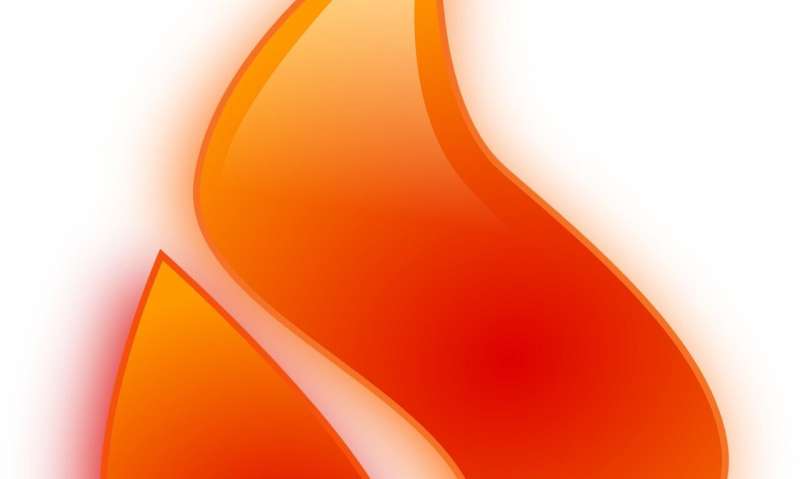Exploring the frontiers of immunity and healing

During a 1989 lecture at the Cold Spring Harbor Symposium on Quantitative Biology, Yale School of Medicine professor Charles Janeway, MD, hypothesized the existence of an innate immune system and special receptors on immune cells (currently known as toll-like receptors) that trigger the body's response to infection. Janeway's research later confirmed his insights, providing the foundation of future endeavors exploring the intricacies of the human immune response. New discoveries continue to reveal an exquisitely tuned immune system in which inflammatory responses and healing are initiated and regulated by known and unknown mechanisms.
Carla Rothlin, Ph.D., the Dorys McConnell Duberg Professor of Immunobiology and professor of pharmacology, and co-leader, cancer immunology, Yale Cancer Center; and Sourav Ghosh, Ph.D., associate professor of neurology and pharmacology, run Yale's Rothlin Ghosh Laboratory. "We focus on mechanisms that set or limit the magnitude of the immune response," said Rothlin, "as well as mechanisms that signal the shift from a pathogen-defense mode following successful immune defense to resolution and wound repair." The team is also studying the different types of inflammation that occur as part of the immune response and are examining immune mechanisms that play a role in the healing process.
Rothlin and Ghosh's partnership began as postdoctoral fellows at the Salk Institute for Biological Studies, where they started to understand the role of three cell receptors: Tyro3, Axl, and MerTk, known as the TAM receptor tyrosine kinases. While found on other cells, these receptors are primarily expressed on the plasma membrane of innate immune cells known as macrophages and dendritic cells. Continuing their investigations at Yale, Rothlin and Ghosh found that the TAMs are also essential to the healing process.
"Our lab discovered that the TAM receptors serve as innate immune checkpoints in regulating the magnitude and duration of the immune response by working to negatively regulate the response. In other words, they operate as brakes on the inflammatory response," Rothlin said. "The goal is to mount an adequate response to fight the bacteria, virus, or parasite and not kill you. This process must also regulate the immune response to bring the body back to baseline. The TAM receptors play a pivotal role in the homeostatic regulation of the immune system."
The immune or inflammatory response is a finely tuned classical feedback loop that begins with toll-like receptors, located with the TAMs on macrophages, reading the presence of a pathogen and activating inflammation. The TAM receptors are downstream of this positive signal and are activated to tell the toll-like receptors to slow down the inflammatory response so it is not overdone. Once the pathogen is gone, the TAMs identify a type of dead cell associated with the transition to resolution of inflammation and induction of tissue repair, and start the healing process by triggering macrophages to eat the cells and produce growth factors to make new ones. "What is beautiful is the immune system can kill invading pathogens and repair the damage after inflammation, and we have found that that is contributed to, in part, by the TAM receptors," said Rothlin.
Together the TAMs serve as negative regulators of the immune response, but each receptor has selectivity of function related to the kind of inflammation that occurs. Some TAM receptors function better as brakes on a bacterial or viral infection, and others are more effective with an allergic response. "Key to understanding the role of TAMs is knowing that there are different types of inflammation," Rothlin said. "Being infected with a virus is different from mounting an allergic response. We discovered that the "T" in TAM—Tyro3—is a negative regulator of type 2 inflammation, which is an allergic response."
The immune system has an amazing ability to recognize invading microorganisms, react, and eliminate them, and to coordinate healing. Yet healing is not only dictated by the macrophages, but also by the location of the damage. "Different tissues have different capacities to recover," said Rothlin. "Our skin and mucosa are in touch with the environment and heal better because they are more likely to be damaged. However, the brain and heart are not that good at healing. You cannot easily make more neurons or cardiomyocytes."
Much is still unknown about the immune mechanisms in autoimmune diseases or cancer. Current drugs to treat autoimmune diseases suppress the response, but Rothlin noted that the resulting inflammatory damage still requires healing. "Autoimmunity is complex and is a result of many, many changes happening together," she said. "Targeting the TAM receptors might help healing by allowing us to put the brakes on chronic inflammation or to release the brakes to allow the immune system to persist in a sustained way against something like cancer."
Moving forward, understanding the transition from inflammation to tissue repair is going to be very important. "We have medications that reduce inflammation, but we have nothing to induce healing," said Rothlin. "Studying what these receptors can do may allow us to develop therapeutics that not only limit inflammation but also promote tissue repair."


















